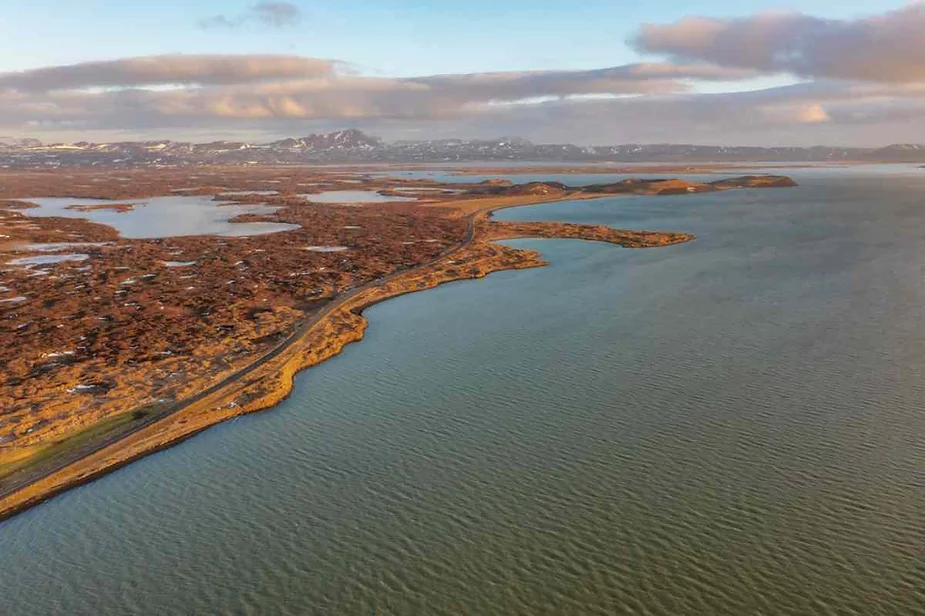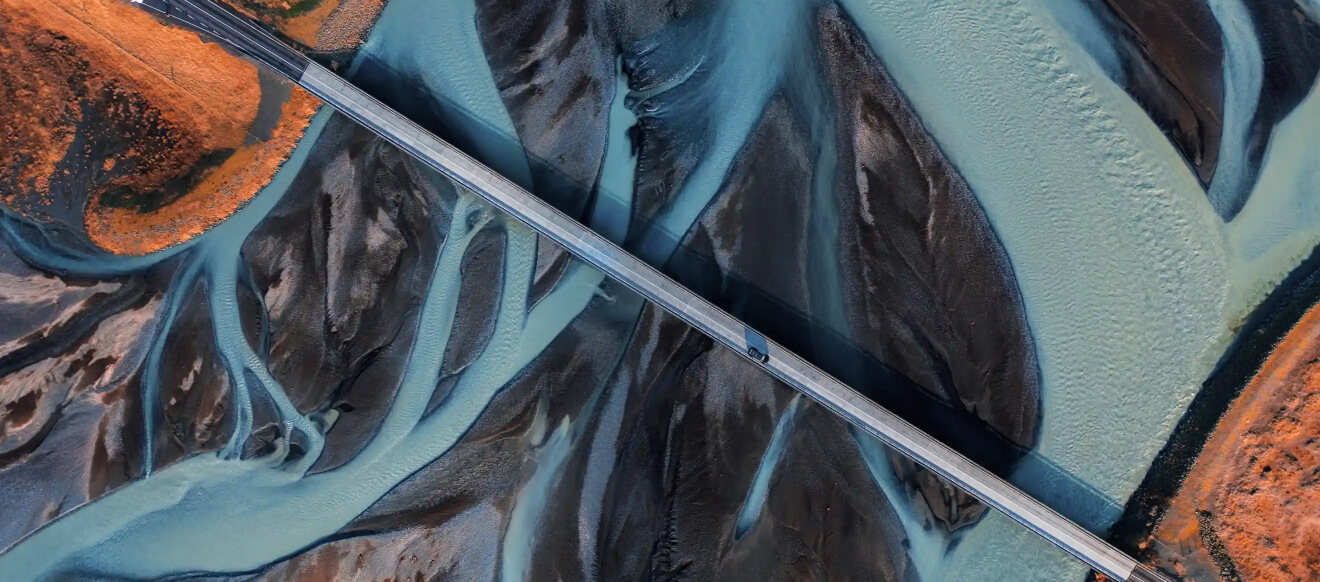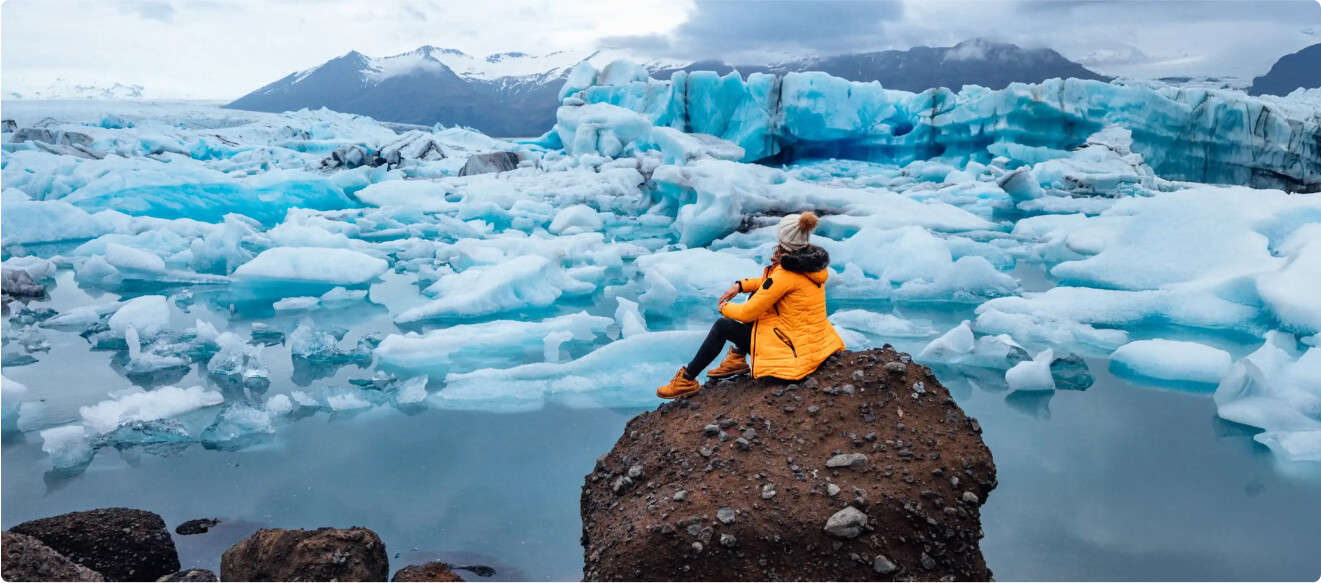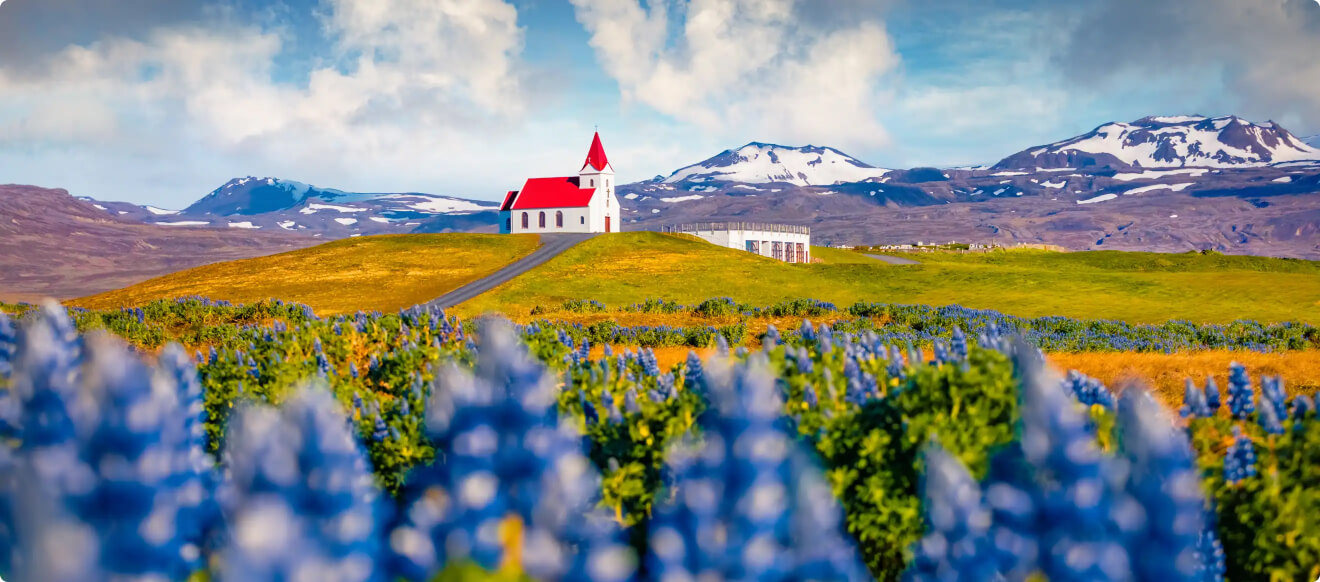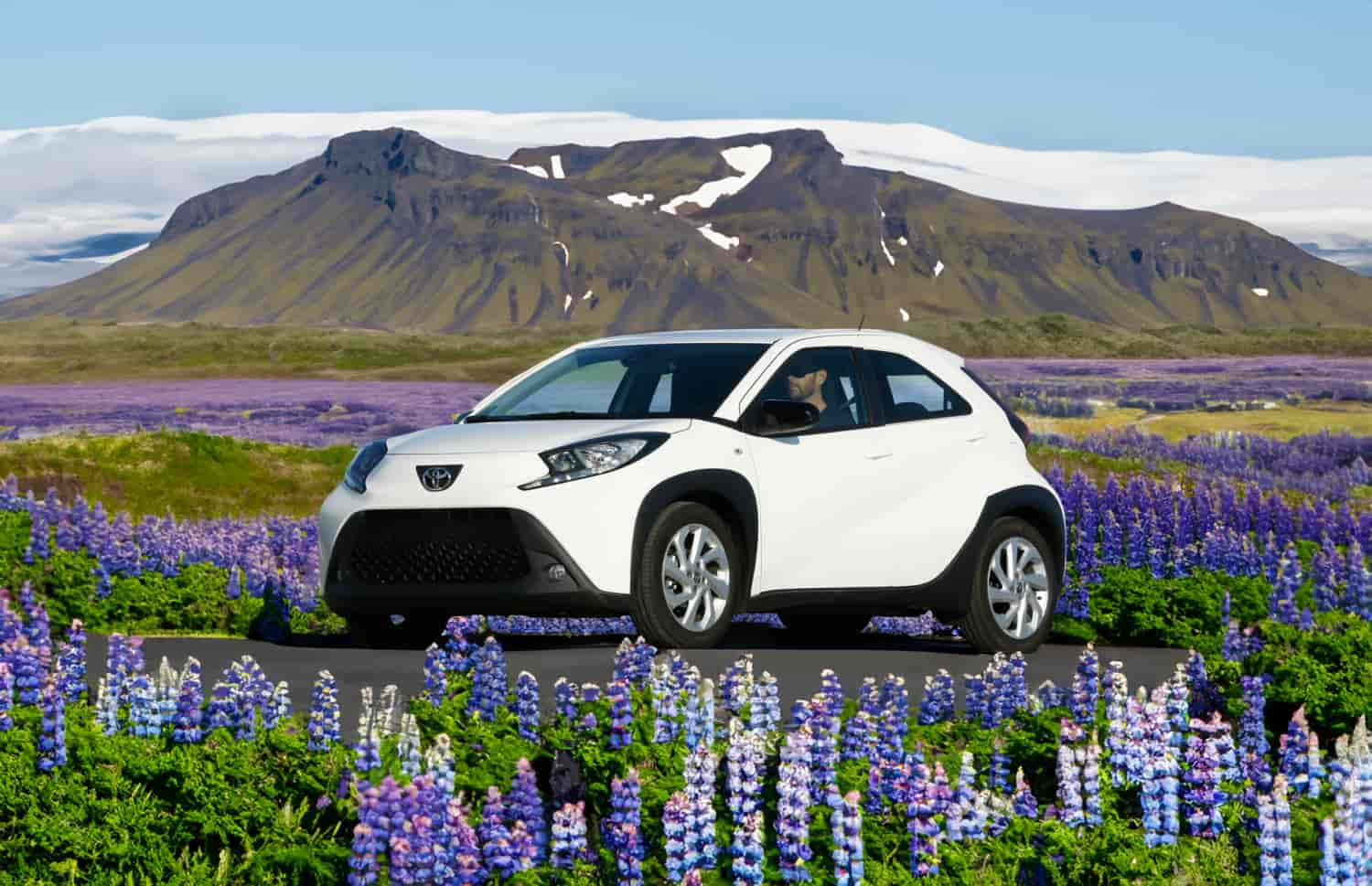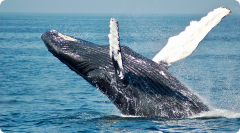Thinking about visiting Mývatn? You're in for a treat! Nestled in Iceland's breathtaking north, Lake Mývatn is more than just a stunning landscape—it's an adventure waiting to happen.
From natural hot springs perfect for a soothing dip to lava fields that tell tales of ancient eruptions, there's something here for everyone. But if you think you can just wing it, think again!
Without the right guide, you might miss the best spots, the hidden gems, and the stories that bring this place to life. Don't leave your trip to chance—read on to make your Lake Mývatn adventure truly unforgettable!
Overview of Mývatn
Lake Myvatn in Iceland, or 'Midge Lake,' sits in the rift zone of the Krafla volcanic system, a testament to the country's fiery past. It covers 37 square kilometers (14 square miles) and is stretching about 9.5 km (6 miles) long and 6.5 km (4 miles) wide. It is the fourth-largest lake in Iceland.
The lake was formed around 2,300 years ago from a massive basaltic lava eruption that shaped a unique subsidence area in the rift valley. The landscape here is a stunning contrast of wetlands and rugged lava.
Ongoing tectonic shifts along the Mid-Atlantic Ridge continue to shape its dramatic scenery, with hot springs and boiling mud pots dotting the terrain. Drained by the Laxá River, Lake Mývatn is a hotspot for fishing such as salmon, trout, and char.
Geographic and Geological Significance
The geographic and geological significance of Mývatn is truly captivating. This area boasts diverse volcanic formations, including pseudocraters, lava pillars, and rootless vents, which highlight its dynamic volcanic history.
Pseudocraters, like those found at Skútustadagígar, are formed by steam explosions when lava flows into water, creating dramatic and unique landscape features. The region's topography has been heavily influenced by significant volcanic eruptions, such as the Þrengslaborgir and Lúdentsborgir series, resulting in expansive lava fields.
These volcanic activities have also nurtured a rich ecosystem, home to over 100 bird species and unique freshwater algae, making Mývatn a hotspot for biodiversity.
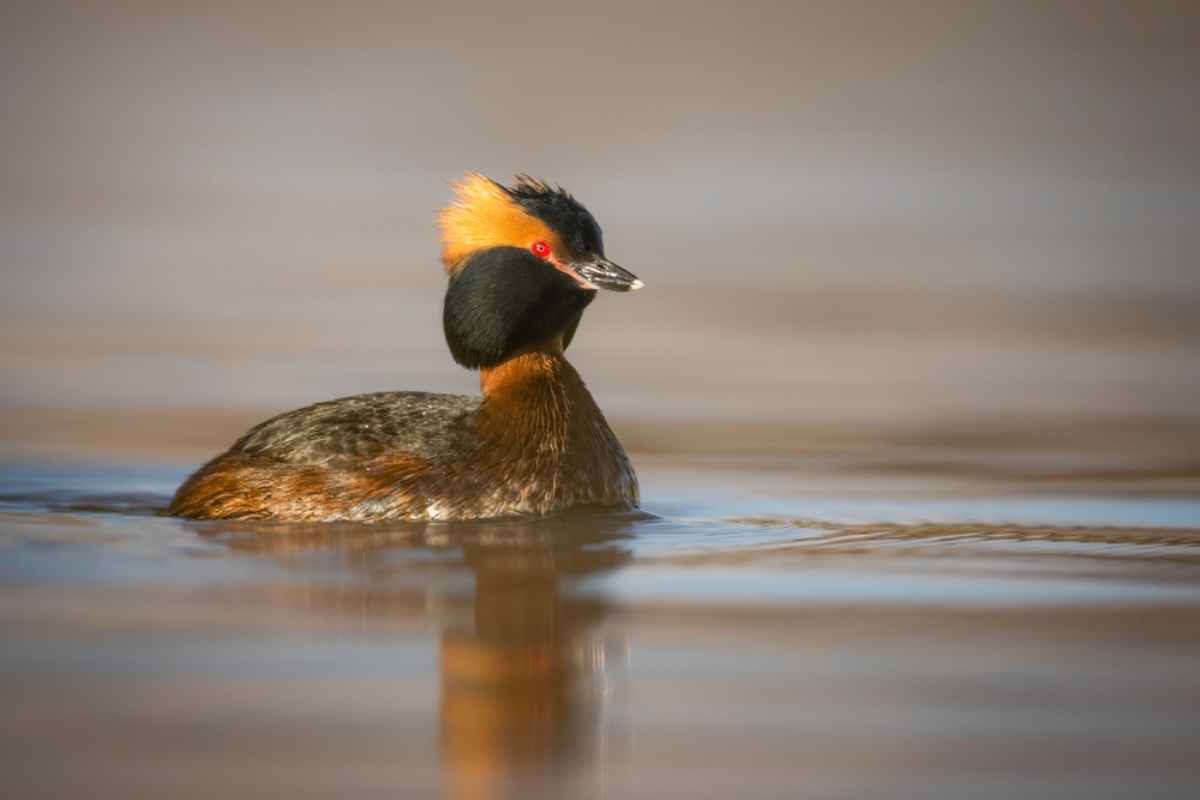
Notable Geothermal Areas Around The Lake
Lake Mývatn isn't just about stunning views; it's a hotbed of geothermal wonders that reveal the region's volcanic pulse.
Hverir Geothermal Area
Hverir, right near Lake Mývatn, is one of Iceland's most vibrant geothermal spots. It is famous for its bubbling mud pots, steaming fumaroles, and striking sulfur deposits. The landscape is painted with vivid mineral colors and swirling geothermal steam vents.
The intense heat from the Krafla volcanic system beneath your feet powers all this geothermal action. Wander along the well-marked paths, and you'll find yourself surrounded by a dramatic mix of colors and one-of-a-kind geological formations that show just how powerful and alive our planet really is.
For a more relaxing geothermal experience, don’t miss the Mývatn Nature Baths. Often called the "Blue Lagoon of the North," these soothing hot springs offer the perfect place to unwind while soaking in mineral-rich waters and enjoying stunning views of the surrounding volcanic landscape.
Krafla Volcano and Viti Crater
Krafla is one of Iceland's most active volcanic systems, with a massive caldera about 10 kilometers wide. Right in the heart of this caldera, you'll find Viti Crater, home to a breathtaking geothermal lake with bright blue waters that can warm up to 30°C (86°F).
The Krafla area has seen plenty of volcanic action over the years, especially during the 1970s. This ever-changing volcanic terrain, filled with craters, lava fields, and geothermal hotspots, draws in hikers and nature lovers looking to explore Iceland's raw, untamed beauty.
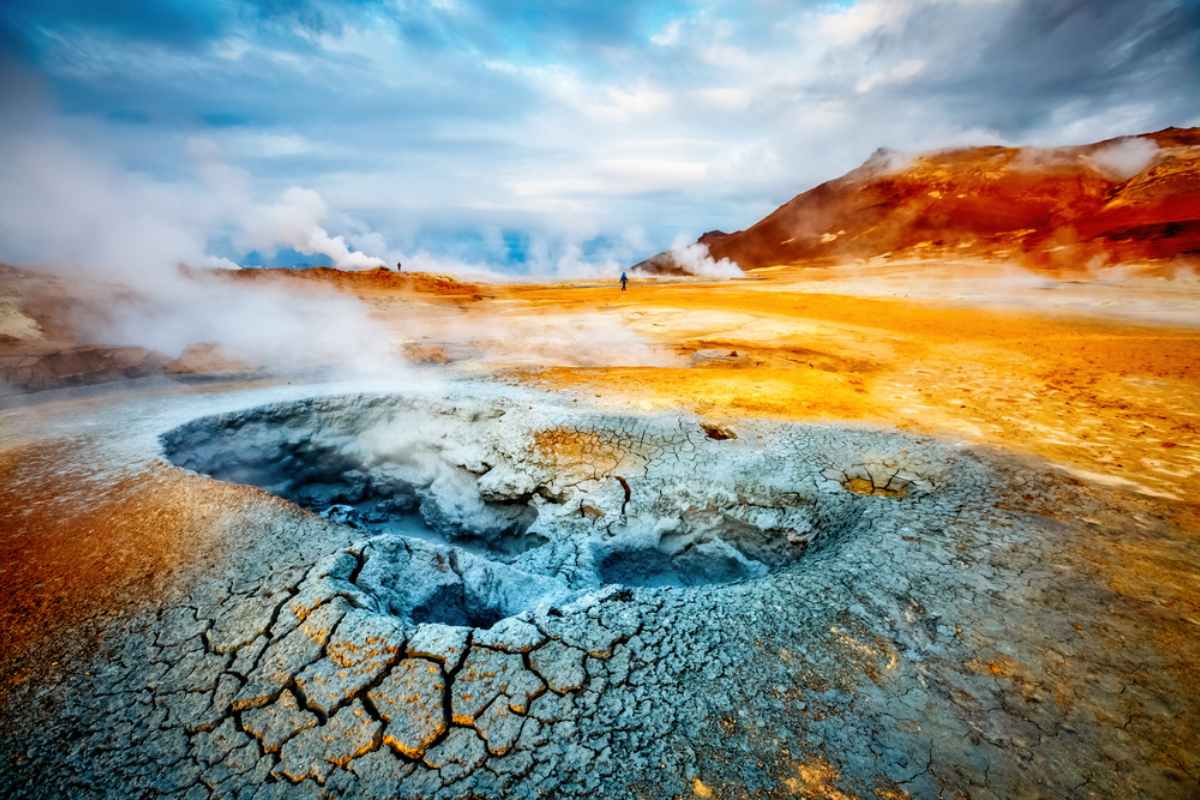
Unique Lava Formations
The landscape around Mývatn is shaped by some truly unique lava formations that tell the story of the region's volcanic past. These incredible formations aren't just cool to look at—they're like nature's history books, giving us a glimpse into the fiery forces that created this stunning area.
Dimmuborgir Lava Fields
Dimmuborgir Lava Fields, located east of Lake Mývatn, is a fascinating natural wonder that showcases Iceland's dramatic volcanic landscape. Known as the 'Dark Castles,' Dimmuborgir is filled with towering lava pillars, caves, and unique rock formations created by ancient lava flows that solidified into captivating shapes. As you explore the labyrinth of trails winding through these surreal formations, you'll feel like you've stepped into another world.
Skútustaðagígar Pseudocraters
The Skútustaðagígar pseudocraters are some of the standout geological features around Mývatn. Formed by gas explosions when hot lava flowed over the wetlands, these pseudocraters are different from traditional craters because they aren't directly connected to a magma source. Pretty cool, right?
They create a landscape filled with bowl-shaped depressions and grassy hills—perfect for a scenic stroll. This area is also a protected haven for birdwatchers, with a variety of bird species nesting in the wetlands surrounding the craters. If you're looking for a unique spot to soak in Iceland's natural beauty and catch some rare bird sightings, this is it!
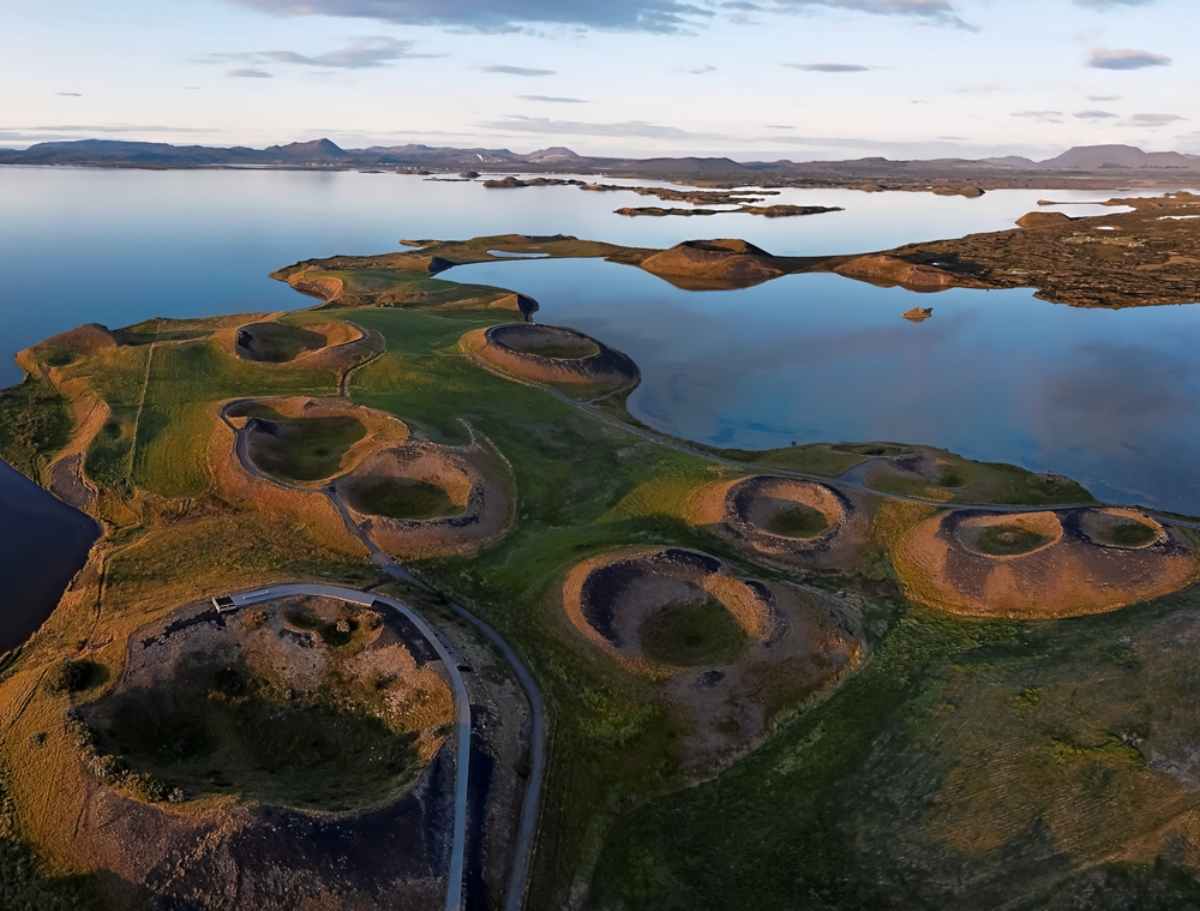
Natural Attractions and Activities
The Mývatn region is renowned for its stunning natural beauty and diverse activities that attract visitors year-round. From birdwatching to exploring waterfalls and hot springs, the area offers a wealth of opportunities to connect with nature.
Birdwatching Opportunities
Lake Myvatn is a birdwatcher's paradise and one of the top spots in Iceland for spotting a wide range of bird species, especially ducks. In fact, the lake is known for having more nesting duck species than any other place in the world.
If you're planning a visit, spring is the perfect time to go, as migratory birds return to breed, creating a lively display of bird activity. There are also various birdwatching tours available for both novice and seasoned birdwatchers. These tours will take you through the diverse habitats around the lake and along the Laxá River, offering an unforgettable birdwatching experience.
Flora and Fauna
The biodiversity around Mývatn is truly remarkable, thanks to the lake's nutrient-rich waters. Its shallow depth encourages an abundance of various vegetation growth, fostering a rich habitat for insects, fish, and birds. A unique feature of the lake is the marimo, a rare green algae that adds to the area's ecological importance.
Unfortunately, marimo algae started disappearing due to pollution from mining activities in the 1960s. The mining was halted in 2004, and the algae became a protected species in 2006. Beyond the algae and birdlife, the surrounding wetlands host various plant species, such as wood cranesbill and angelica, which flourish in this fertile environment.
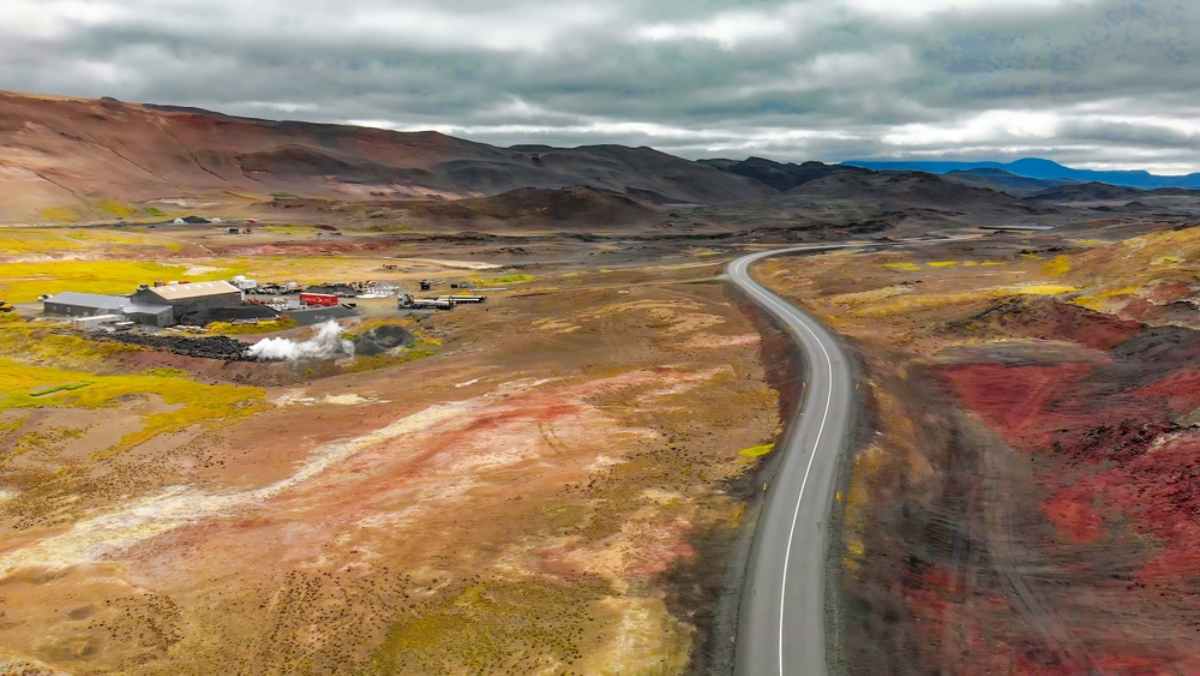
Nearby Waterfalls
The Mývatn region is also famous for hosting some of the best waterfalls in Iceland to visit. Here are a few must-see waterfalls to check out during your trip:
Dettifoss
Dettifoss is a true powerhouse and one of Europe's most powerful waterfalls, nestled in the dramatic Jökulsárgljúfur canyon. Standing 44 meters (144 feet) tall and 100 meters (328 feet) wide, this waterfall is a force of nature you can't miss. At its peak, Dettifoss thunders down with an incredible flow rate of around 500 cubic meters (17,650 cubic feet) per second!
Goðafoss
Goðafoss, the 'Waterfall of the Gods,' is a breathtaking sight with a rich history. Goðafoss is 12 meters (39 feet) high and 30 meters (98 feet) wide. This stunning waterfall is more than just a pretty face. Legend has it that Goðafoss played a role in Iceland's conversion to Christianity, adding a layer of cultural significance to its natural beauty. Its easy access right off Ring Road makes it a favorite stop for travelers exploring the area.
Aldeyjarfoss
Aldeyjarfoss is a picture-perfect waterfall on the Skjálfandafljót River, boasting a dramatic 20-meter (66-foot) drop surrounded by stunning basalt columns. The contrast between the roaring white water and the dark, geometric rock formations makes it a dream location for photography and a favorite spot for nature lovers.









